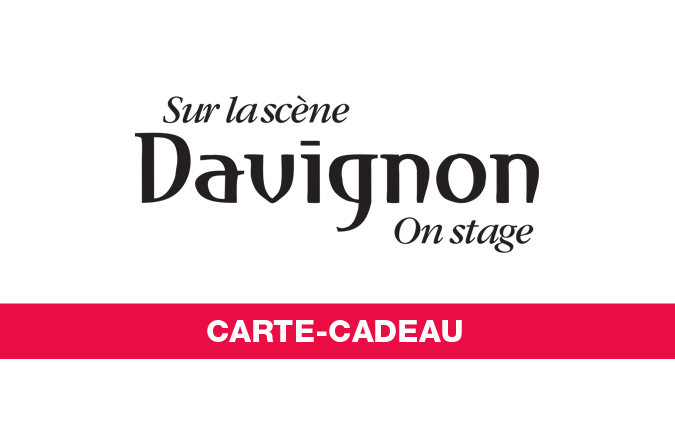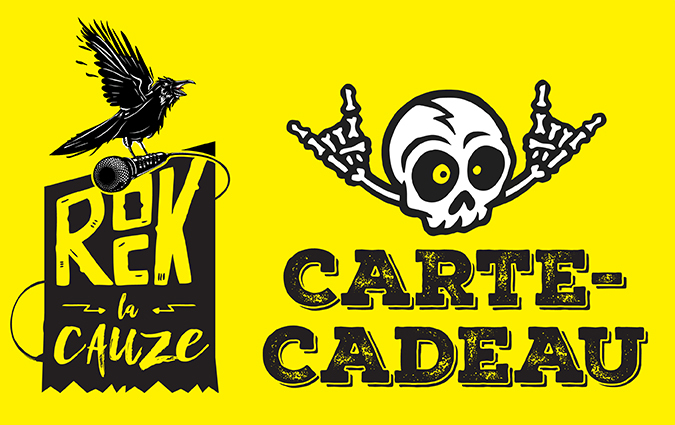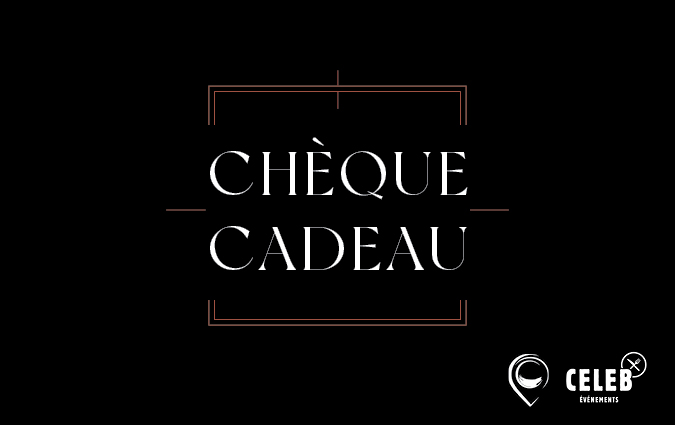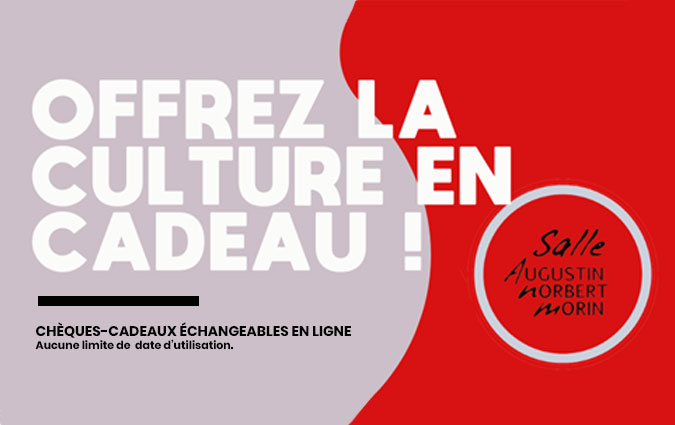
MUSIQUE MYSTIQUE DU PAKISTAN - QAWWALI ENCHANTEUR PAR ABDUL NIAZI & ENSEMBLE
Partagez cet événement
Pour plus d’information à propos de cet événement, veuillez contacter l’organisateur de l’événement, Centre Culturel Kabir, à info@centrekabir.com.
Achat de billets
Le qawwalî est un genre musical, populaire en Inde et au Pakistan, qui exprime une dévotion soufie. Le mot signifie littéralement « musique de la parole » et vient initialement de l'arabe qawwâl, mot signifiant, « loquace, qui parle bien, qui sait bien parler ». Cette forme de musique a été rendu très populaire en Europe et en Amérique du nord, grâce aux efforts de l’inimitable Nusrat Fateh Ali Khan, le chanteur doué du Pakistan.
Le genre trouve son origine dans l'Inde du xive siècle, et son fondateur est Amir Khusrau Dehlavi. Les chants de qawwalî se classent en deux groupes : les hamd ou manqabat qui sont des chants dévotionnels dédiés à Allah et les ghazal qui sont des chants profanes qui célèbrent le vin ou l'amour.
Un ensemble traditionnel de qawwali est généralement composé de neuf hommes : deux chanteurs principaux qui jouent de l'harmonium, cinq chanteurs de refrains qui battent la mesure avec leurs mains, un joueur de tablâs et un joueur de tambour dholak.
Les chansons durent en principe une quinzaine de minutes et sont habituellement arrangées dans le format suivant : la mélodie principale est générée sur des harmoniums, avec généralement des variations improvisées sur ce thème. Vient ensuite, une introduction appelée « âlâp », où les chanteurs entonnent différentes notes longues provenant du râga qui sert de soubassement tonique au thème joué. Puis, le chanteur principal commence à chanter les vers du poème qui constituent les paroles de la chanson, accompagné du seul harmonium. Les mélodies chantées sont improvisées en suivant la structure du râga choisi. Après la première exposition du vers par le chanteur principal, un autre le répète sur une mélodie improvisée différente. Quelques vers, en nombre variable, sont ainsi chantés, de façon à conduire vers le cœur principal de la chanson. C'est alors que la chanson débute véritablement : à ce moment, les tablâs et le dholak commencent à jouer en rythme, avec les chanteurs de chœur frappant leurs mains en rythme, tandis que tous les membres de l'ensemble s'associent au chant des vers. Les paroles et les mélodies qui leur sont associées ne sont généralement pas improvisés et sont en fait des chansons traditionnelles très populaires. Au cours de la chanson, le chanteur principal et les choristes peuvent improviser une longue mélodie tonale. La chanson connait une montée du tempo et du pathos, chaque chanteur essayant de se surpasser en terme d'arabesques vocales. Quelques chanteurs exécutent de longues périodes d'improvisations sur le sargam, dialoguant souvent avec un apprenti chanteur. Les chansons finissent habituellement de façon abrupte.
- Remboursements
- Jusqu'à ce que l'événement débute
- Échanges
- Jusqu'à ce que l'événement débute
- Accès pour personnes à mobilité réduite
- Oui
Le qawwalî est un genre musical, populaire en Inde et au Pakistan, qui exprime une dévotion soufie. Le mot signifie littéralement « musique de la parole » et vient initialement de l'arabe qawwâl, mot signifiant, « loquace, qui parle bien, qui sait bien parler ». Cette forme de musique a été rendu très populaire en Europe et en Amérique du nord, grâce aux efforts de l’inimitable Nusrat Fateh Ali Khan, le chanteur doué du Pakistan.
Le genre trouve son origine dans l'Inde du xive siècle, et son fondateur est Amir Khusrau Dehlavi. Les chants de qawwalî se classent en deux groupes : les hamd ou manqabat qui sont des chants dévotionnels dédiés à Allah et les ghazal qui sont des chants profanes qui célèbrent le vin ou l'amour.
Un ensemble traditionnel de qawwali est généralement composé de neuf hommes : deux chanteurs principaux qui jouent de l'harmonium, cinq chanteurs de refrains qui battent la mesure avec leurs mains, un joueur de tablâs et un joueur de tambour dholak.
Les chansons durent en principe une quinzaine de minutes et sont habituellement arrangées dans le format suivant : la mélodie principale est générée sur des harmoniums, avec généralement des variations improvisées sur ce thème. Vient ensuite, une introduction appelée « âlâp », où les chanteurs entonnent différentes notes longues provenant du râga qui sert de soubassement tonique au thème joué. Puis, le chanteur principal commence à chanter les vers du poème qui constituent les paroles de la chanson, accompagné du seul harmonium. Les mélodies chantées sont improvisées en suivant la structure du râga choisi. Après la première exposition du vers par le chanteur principal, un autre le répète sur une mélodie improvisée différente. Quelques vers, en nombre variable, sont ainsi chantés, de façon à conduire vers le cœur principal de la chanson. C'est alors que la chanson débute véritablement : à ce moment, les tablâs et le dholak commencent à jouer en rythme, avec les chanteurs de chœur frappant leurs mains en rythme, tandis que tous les membres de l'ensemble s'associent au chant des vers. Les paroles et les mélodies qui leur sont associées ne sont généralement pas improvisés et sont en fait des chansons traditionnelles très populaires. Au cours de la chanson, le chanteur principal et les choristes peuvent improviser une longue mélodie tonale. La chanson connait une montée du tempo et du pathos, chaque chanteur essayant de se surpasser en terme d'arabesques vocales. Quelques chanteurs exécutent de longues périodes d'improvisations sur le sargam, dialoguant souvent avec un apprenti chanteur. Les chansons finissent habituellement de façon abrupte.
- Remboursements
- Jusqu'à ce que l'événement débute
- Échanges
- Jusqu'à ce que l'événement débute
- Accès pour personnes à mobilité réduite
- Oui
Metro: Berri-UQAM
Parking payable au sous-sol, entrée rue Berri
Heures d'ouverture
Abdullah Muhammad Manzoor Niazi Ensemble
Abdullah Muhammad Manzoor Niazi, aussi appelé Abdullah Niazi Qawwal, (né en 1960) est un chanteur soufi pakistanais. Il appartient au Qawwal Bachchon Ka Gharana de Delhi. Il est le fils aîné de Manzoor Niazi Qawwal. Abdullah Niazi était l'un des principaux Qawwals du groupe de Manzoor Niazi Qawwal et après la mort de Manzoor Niazi Qawwal, il a dirigé un groupe Qawwali formé avec ses frères. En 2015, il s'est diversifié avec ses fils qui le soutenaient. Son style de performance est imprégné du Kalaam (versets) d'Amir Khusro et est basé sur la musique classique indienne. Abdullah Niazi présente son concert du qawwali avec une maîtrise et une virtuosité rarement trouvées parmi les Qawwals contemporains, saisissant la poésie d'Amir Khusrow et son émotivité musicale dans toute sa subtilité et son intensité. Abdullah Niazi Qawwal interprète divers genres de musique qawwali tels que Thumri, Khayal, Tarana, Soufisme et Classique. Le grand-père d'Abdullah Niazi Qawwal était Mir Qutub Bukhsh, qui a reçu le titre de Tanras Khan conféré par le dernier empereur moghol Bahadur Shah Zafar. Tanras Khan était également le tuteur de musique et musicien de cour de cet empereur. Abdullah Niazi Qawwal a appris le Qawwali auprès de son regretté père Manzoor Niazi Qawwal et auprès de son oncle Bahauddin Qawwal. Abdullah Niazi et ses trois fils Waqas Ahmed, Saad Ahmed et Fahad Ahmed font maintenant la promotion de la musique traditionnelle de leur famille. Ils se sont produits en Afrique du Sud, aux États-Unis, au Canada, en Norvège, au Danemark, en Suède, à Dubaï, à Abu Dhabi, à Mascate, en Inde, au Bangladesh, en Arabie saoudite, au Sri Lanka et dans de nombreux autres pays.


















